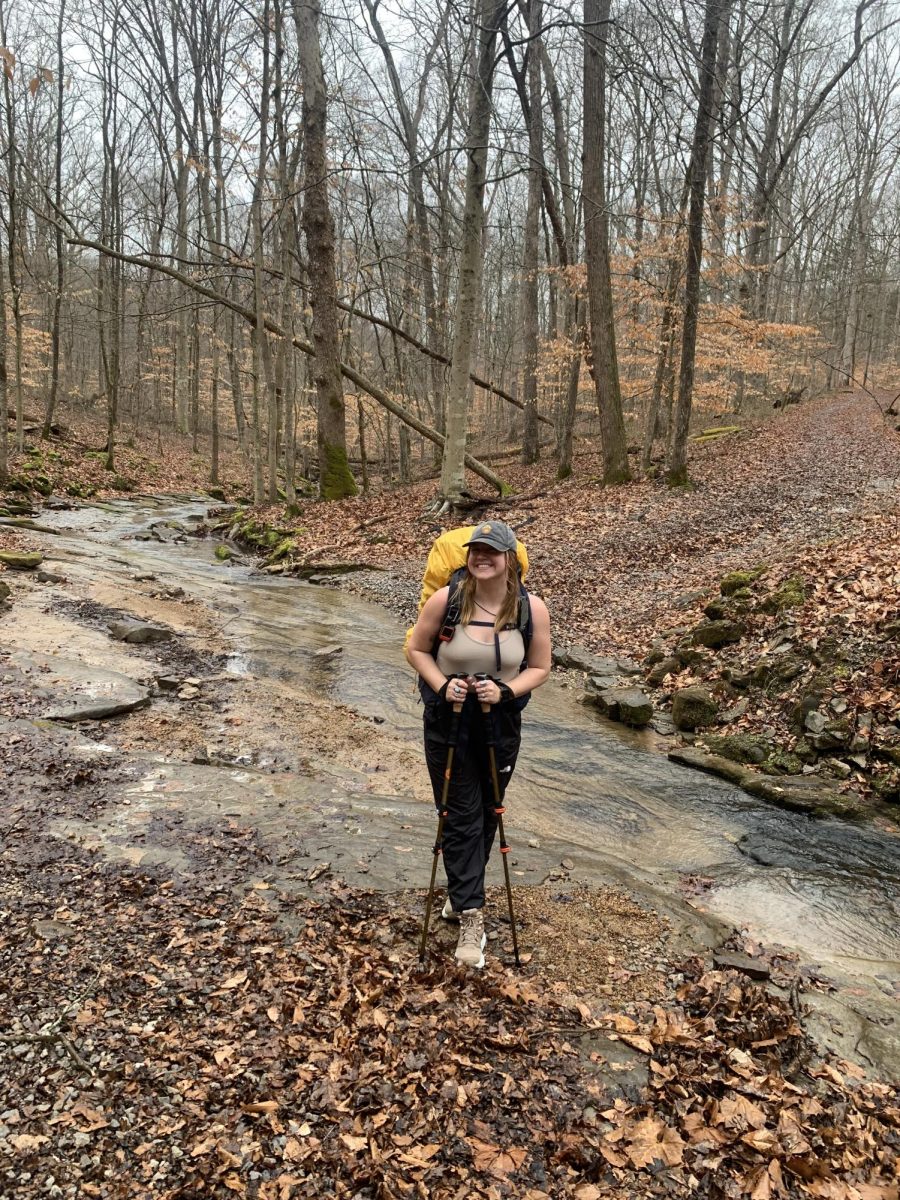You don’t have to have the fanciest or most expensive gear to enjoy the outdoors. However, understanding your gear will help you to have a more enjoyable experience.
When camping, there is a term known as The Big 3: sleep system, shelter, and hiking bag.
These are the ones you will want to spend a little bit more money on because they will make or break your backpacking trip.
For this series, I will be focusing on the sleep system but more specifically the sleeping bag.
Type
The three types of sleeping bags are summer, winter, and three-season.
As the name suggests, summer bags are meant to be used in the warmer weather months. Summer bags are meant for 30 degrees Fahrenheit and above with their lightweight and less insulated filling.
However, winter sleeping bags are good for 20 degrees Fahrenheit and below. It’s bulkier due to the high-end insulation, which makes packing a little hard. Compression sacks are a great way to reduce the size of the bag when packing.
For a happy medium, many hikers will choose to use a three-season bag that works well in versatile weather. These bags are good for about 20 degrees Fahrenheit and above.
Shape
There are several different shapes of sleeping bags such as mummy, rectangular, semi-rectangular, and double bags. The shape of the sleeping bag depends on the person and how they sleep.
Mummy bags have a snug fit that boosts warmth and cut weight for backpackers.
Rectangular bags have room for arms and legs to stretch out. Some can be unzipped and turned into a comforter.
Semi-rectangular bags have the best of both worlds: space and warmth. However, this bag is heavier and bulkier than a mummy bag.
Double bags are great for people who are planning on sharing a bag with someone. Sigh…not me tho.
I use a Marmot Eco 30 mummy bag, which is a synthetic bag. This brings me to my nest point: insulation.
Insulation
The two main types of insulation are synthetic and down.
Synthetic typically tends to be a great starter bag for beginners because it is cheaper and comes in a variety of temperatures.
This bag can insulate and retain heat even if it gets wet. Synthetic bags are versatile and can be used in any weather.
However, some negatives about these bags are they weigh more than a down bag, and because of the insulation, they cannot compress as small. If you’re looking to invest in a more expensive bag, then down would be the way to go.
These bags are lightweight and can compress small to save space in your bag. These bags are more expensive because of the feathers in the bag, which is ideal for backpackers trying to become ultralight.
Down bags are warmer compared to synthetic ones, but there are downsides too. One of the main issues with the bag is when it gets wet, the bag will not insulate well.
Down bags are recommended to be used in dry cold climates.
Temperature Ratings
The numbers on the bag are standardized measurements of the lowest temperature that a person can sleep comfortably in a bag.
For example, I have an eco 30 which means my comfort level is 30 degrees Fahrenheit. I would be able to push this bag around 20 degrees for survival, but it would not be the most ideal.
Comfort rating refers to the level a woman could sleep comfortably in their bag.
The upper and lower limit refers to the highest and lowest temperature a man can comfortably sleep in their bag.
Depending on the person, the temperatures might not be completely accurate. The best advice I have is to research on your own and pick a bag that suits your personal needs.
Figuring out your gear takes time, but it’s okay to not fall in love with your gear after you use it a couple of times. It’s about trial and error and figuring out what works for you.








